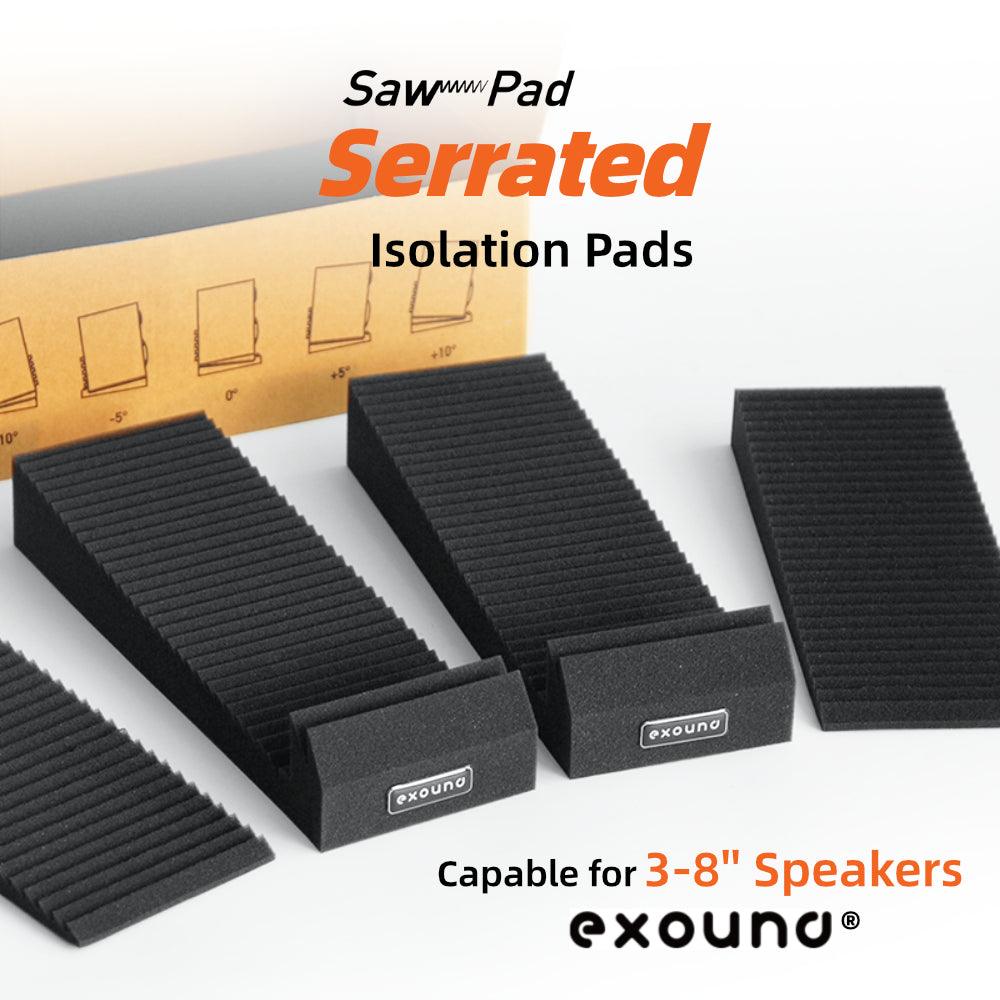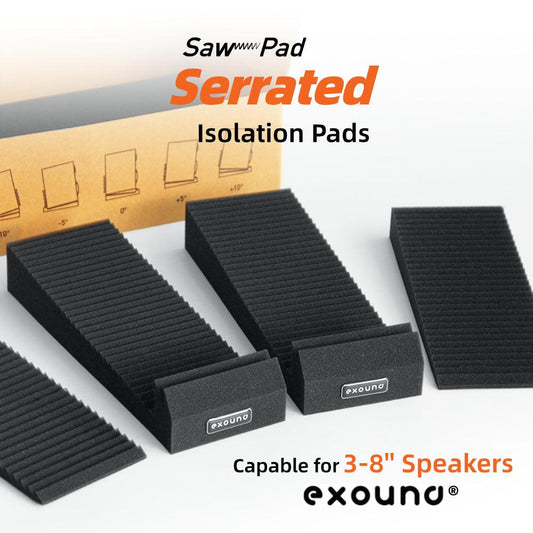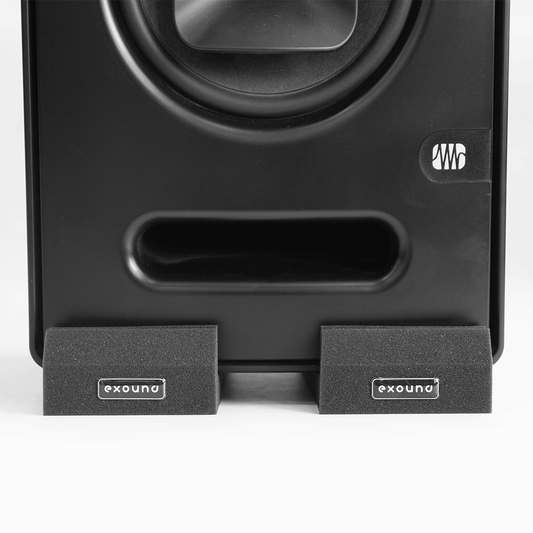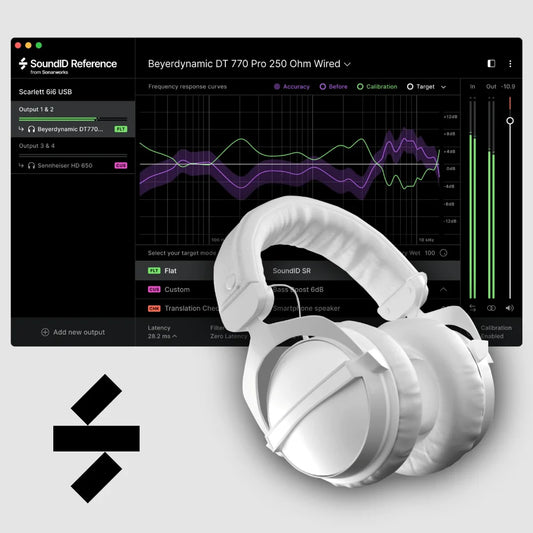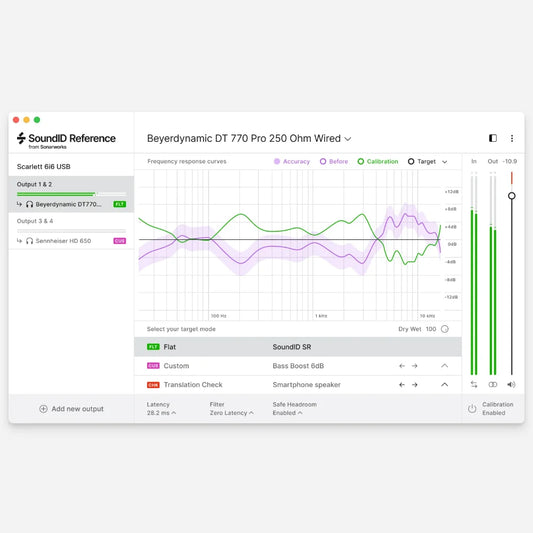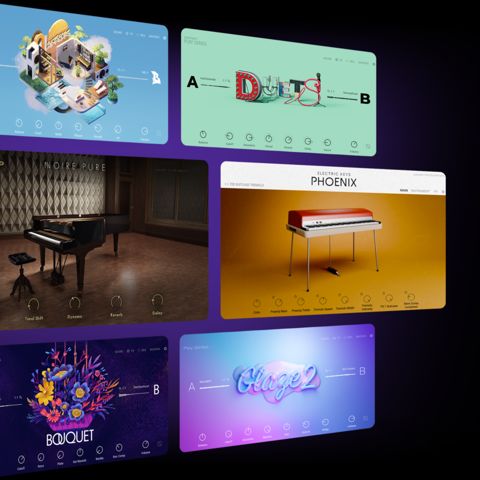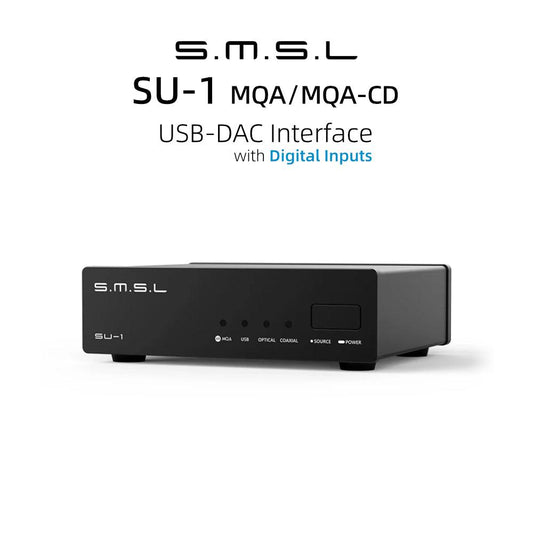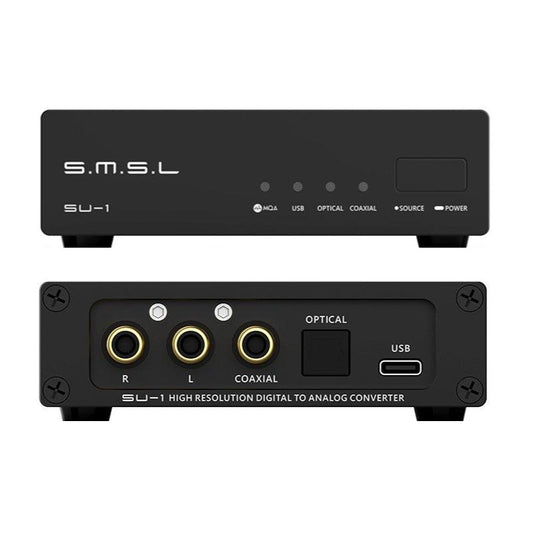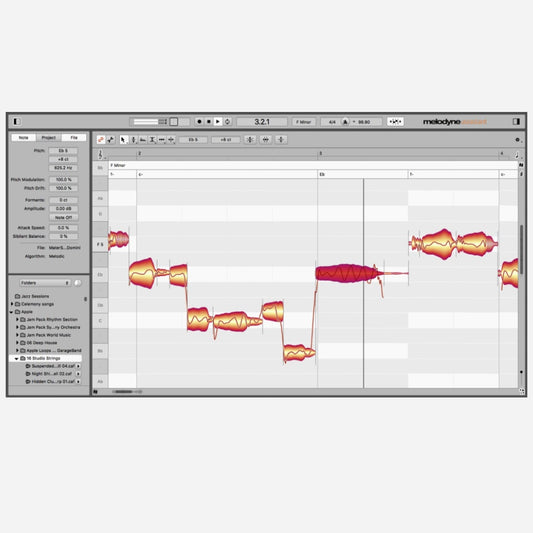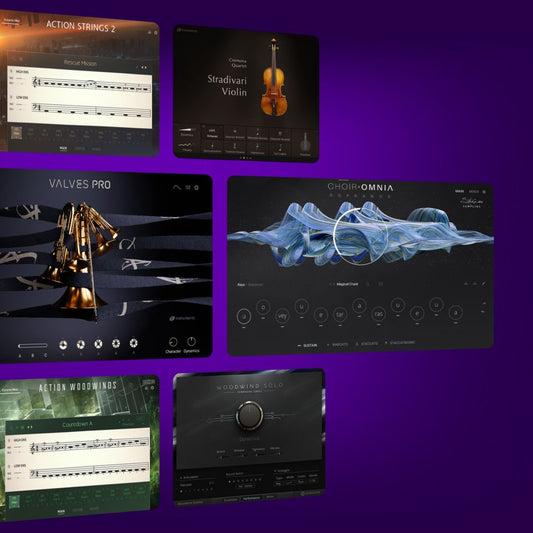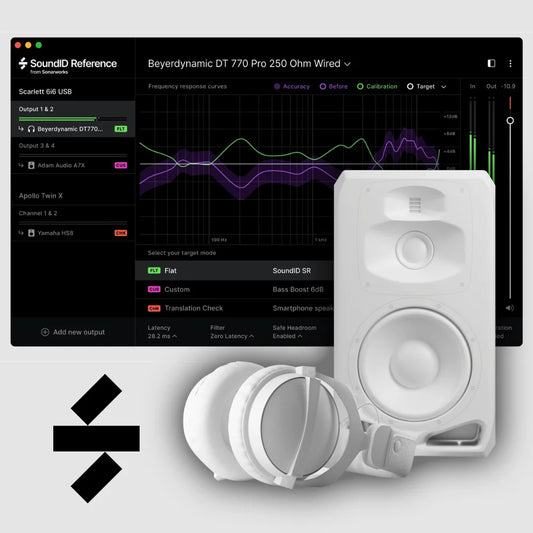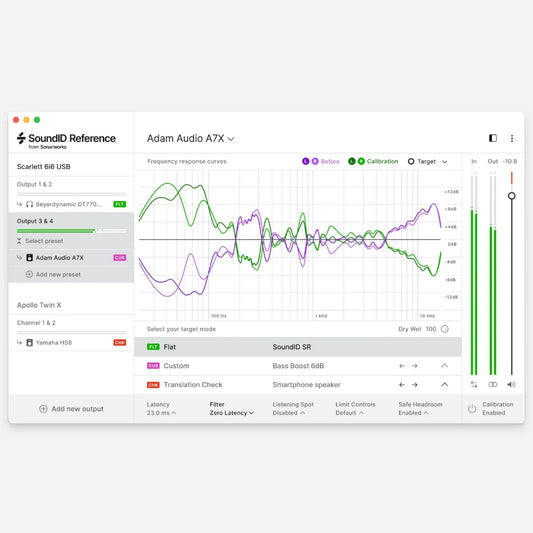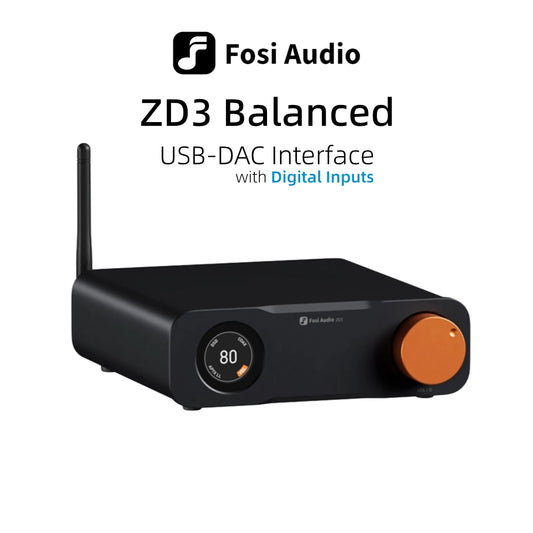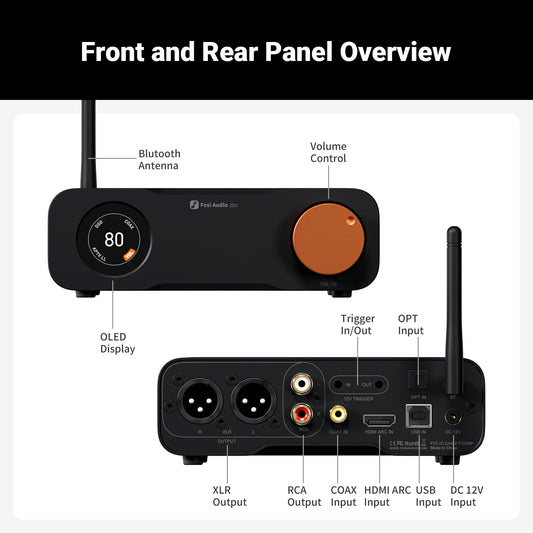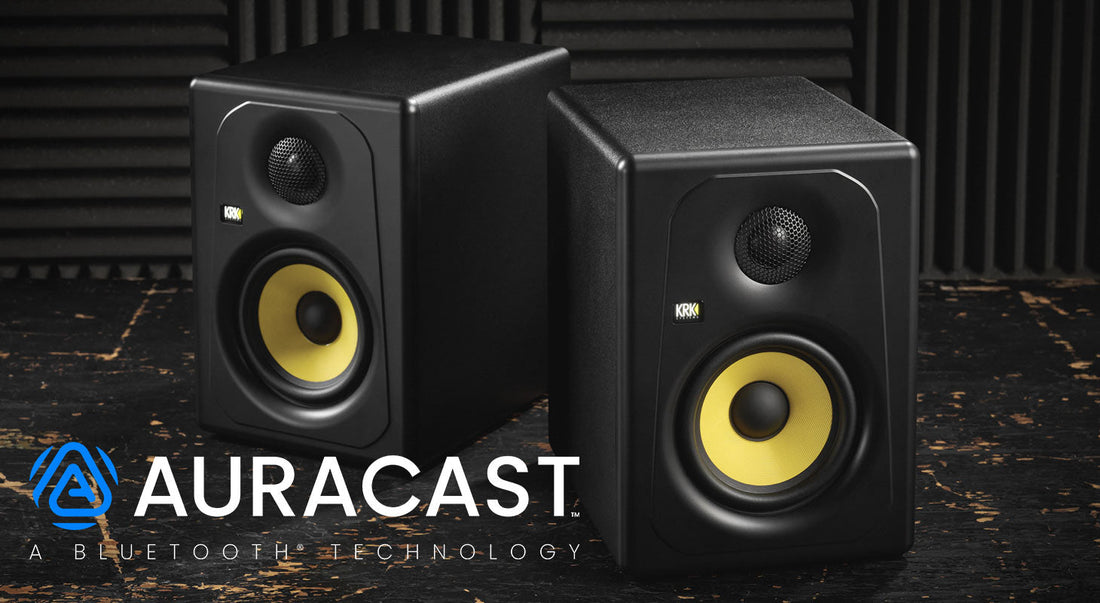
KRK Kreate Series: Het begin van de draadloze monitorrevolutie
Deel dit artikel
We krijgen vaak de vraag: Waarom hebben de meeste actieve monitorluidsprekers geen Bluetooth-ingangen?
Eigenlijk bestaan ze wel, maar ze zijn meestal te vinden in instapmodellen en ze gebruiken allemaal een "master/slave"-ontwerp waarbij de "hoofdluidspreker" zowel het signaal als de stroom levert aan de "volgluidspreker".
Op deze manier hoef je alleen de Bluetooth-chip in de primaire luidspreker te ontwerpen, maar de nadelen zijn duidelijk:
Omdat alle elektronica in de hoofdluidspreker zit, is de volgluidspreker van binnen vrijwel leeg. Dit veroorzaakt kleine klankverschillen tussen de twee luidsprekers.

Er is maar één manier om dit verschil op te lossen: maak de linker- en rechterluidspreker volledig onafhankelijk - wat ook de gangbare ontwerpbenadering is voor professionele studiomonitoren.
Toch zul je je op dit punt misschien afvragen: We gebruiken al jaren "TWS (True Wireless Stereo)"-oordopjes (zoals AirPods, die identieke structuren hebben voor het linker- en rechteroordopje), dus waarom kunnen onafhankelijke luidsprekers geen draadloze verbinding maken?
In eerste instantie kwam dit waarschijnlijk door energievereisten, signaalsterkte en vooral problemen met latency. Maar vorig jaar verscheen er een nieuw ontwerp in de industrie: de eerste "onafhankelijke" draadloze monitorluidspreker, AIAIAI UNIT-4.

De UNIT-4 is niet echt "uitgebarsten" op de wereldmarkt, mogelijk door de prijs (momenteel te koop voor £680 per paar)...
Voor ons doel hoeven we ons alleen te richten op hoe het zowel "onafhankelijk" als "draadloos" is. Het gebruikt Bluetooth 5.2, die een belangrijke eigenschap heeft genaamd AURACAST.
Geïnteresseerden kunnen het aan ChatGPT vragen... Simpel gezegd is het een "uitzend"-systeem dat niet alleen meerdere luidsprekers kan verbinden, maar ook verschillende soorten Bluetooth-apparaten. En...
Er is theoretisch GEEN LIMIET aan het aantal apparaten dat je kunt verbinden!

Terug naar het hoofdonderwerp van vandaag: KRK's nieuwe Kreate-serie.
Er zijn drie modellen uitgebracht: Kreate 3 / Kreate 5 / Kreate 8
De Kreate 3 gebruikt nog steeds het "hoofd/satelliet"-ontwerp, terwijl zowel de Kreate 5 als 8 "onafhankelijk" zijn.
Officiële website - https://www.krkmusic.com/collections/krk-kreate-series

Momenteel lijkt de serie verkrijgbaar te zijn in drie kleuren:
Zwart, wit en crème wit

De Kreate-serie gebruikt een zeer actuele Bluetooth-versie: Bluetooth 5.3.
Vergeleken met versie 5.2 biedt deze verfijndere ondersteuning voor multi-luidsprekersystemen.
Op basis van onze tests blijft de latency bij Bluetooth 5.3-apparaten meestal rond de 40ms, wat al voldoet aan sommige professionele eisen.

Nog iets om op te merken is het prijsvoordeel!
De Kreate 5 is niet duur, dus het heeft het potentieel om de eerste te worden...
Onafhankelijke draadloze monitor voor de massamarkt~

Nu, hier is de vraag...
Aangezien de ROKIT 5 geen draadloze functionaliteit heeft... waarom kan hij dan duurder zijn dan de Kreate 5?

Dus hier is wat we moeten benadrukken: Terwijl de Kreate 5basvermogen van 45W redelijk is, is het tweetervermogen slechts 15W.
Bovendien gebruikt hij een Klasse AB versterker, en volgens de conventionele efficiëntieberekening van 60% is het effectieve vermogen slechts 9W...
Het is één van de 'laagst' geclassificeerde 5-inch monitors die we hebben gezien.
Laten we snel het tweetervermogen van vergelijkbare 5-inch monitors vergelijken:
- YAMAHA HS5 is 25W (AB)
- KRK Rokit 5 is 20W (Klasse D)
- JBL 305 MkII is 41W (Klasse D)
- PreSonus Eris Studio 5 is 35W (AB)
Dat gezegd hebbende, lager vermogen resulteert in 'lagere' ruisvloer, waardoor hij geschikt is voor puur 'desktop' monitoring.
Natuurlijk kan hij alleen gebruikt worden als 'ultra-nearfield'; proberen om hem voor 'nearfield' toepassingen te gebruiken zou behoorlijk uitdagend zijn.

Hoe dan ook, KRK heeft een goed voorbeeld gezet voor professionele audiomakers, en wij denken... dat concurrenten waarschijnlijk snel zullen volgen. Maar het kan nog tot het einde van het jaar duren, of zelfs tot volgend jaar.
2026 zal het doorbraakjaar worden voor 'draadloze onafhankelijke monitors'.
We moeten hier echt klagen over het tempo van professionele fabrikanten, aangezien Bluetooth 6.0 al beschikbaar is...





